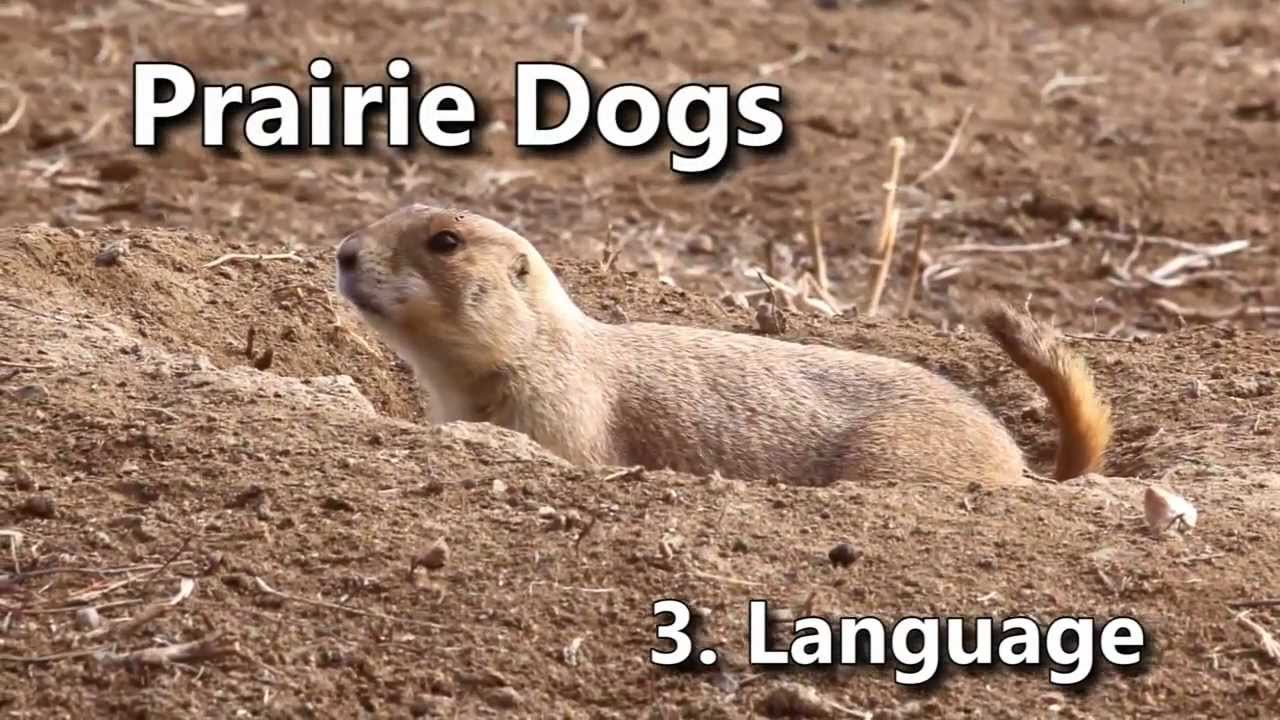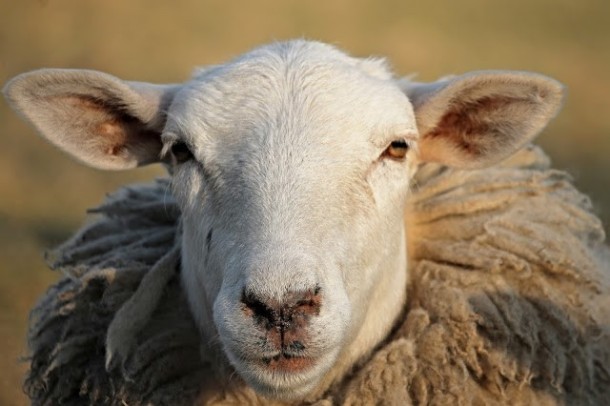What if instead of creating a corpus of human language, we created one of animal language? That is precisely what Aza Raskin and Britt Selvitelle considered. Its goal is to create a kind of * Rosetta Stone* that allows us to understand the language of animals
In the previous post we considered how an animal translator could be created. To do this, they are compiling an important corpus of animal communication, including sounds of whales, monkeys and even elephants. In this case, the challenge, clearly, is in being able to translate from one language to another without knowing the language or having examples of translation between the two.
To do this, they have analyzed 70 human languages, in order to find a universal pattern that allows you to translate automatically from one to another, without having to understand them.
In this same line, Professor Slobodchikoff, from the University of Northern Arizona, has been researching animal communication for more than 30 years, to apply this knowledge to the development of systems that use AI to learn and translate into human language, sounds and facial expressions of animals.
But is there anything like animal language?
Slobodchikoff he investigated in particular the complex communication system of prairie puppies. He realized that it was so sophisticated that it could be considered a language. To do this he carried out a series of experiments in which recorded and analyzed their alert calls. He soon detected that they used different sounds to alert the rest of the group, depending on the potential danger detected being a hawk, a dog, a coyote, or a human. He also observed that they were able to transmit information about the appearance and speed at which the potential predator was moving.
In the following video, the professor explains us in a clear and simple way, but at the same time, with scientific rigor the different experiments that led him to these conclusions.

In terms of human language, the type of predator can be considered a noun, while descriptions can be assimilated to adjectives or adverbs. That way, a simple wake-up call can be assimilated to a phrase of human language. For example:
“Tall, thin human in blue t-shirt walks slowly through the colony”
What role does AI play in all this?
To be able to create an animal language translator based on Artificial Intelligence applications is necessary train the system through a large number of videos that reflect sounds and samples of the animal’s behavior (growling, showing teeth, moving the tail, throwing the ears back and all kinds of sounds associated with these behaviors).
In this way, the algorithm learns to interpret these patterns of behavior and sound, and associate them with human language. Slobodchikoff considered that, if it was possible to do it with the prairie puppies and even with other animals, why not with our pets?
With this idea in mind, he created the company Zoolingua, dedicated exclusively to developing a translator of sounds, facial expressions and body movements of dogs and cats.
Of course, this is not the first time that something like this has been tried. The company No more woof (no more barking) offered a system that made an electroencephalogram to the dog and then translate these waves into human language, with locutions and a speaker. It wasn’t very successful. In fact, it ended up being part of the exhibition of the Worst technological innovations in the history of the Museum of Failures in Sweden.
We have talked about the importance of having a body of training, but we have gone through an important detail on tiptoe.
How can the algorithm translate what a barking, or a tail movement means? Obviously, this interpretation needs to be made by a human. In the case of Google Translator, we had expert translations into other languages. But which human is an expert in barking? If we take into account our unquestionable tendency to anthropomorphism, the risk is evident.
No, even if it seems like it to you, that expression of your dog does not mean that he feels guilty for having destroyed your favorite sneakers. He’s just scared, because you’re scolding him.
To avoid this problem, Slobodchikoff proposes to base these interpretations not on mere divination, but on careful scientific experiments that allow decipher the meaning of those animal sounds or behaviors. In the following BBC Earth video, Slobodchikoff explains what kind of analytics software applies to sonograms recorded in experiments and what kind of conclusions can be drawn from them.

However, not the entire scientific community is equally optimistic about the possibility of finding the ideal translator bark/meow—human language. Professor Juliane Kaminski, a psychologist at the University of Portsmouth, does not consider that the barking of a dog can be considered as a language. It is true that they offer rudimentary signals about what they want and what they feel. But, those signals can be as unclear to a machine translation system as they are to a human.
They also depend a lot on the context. However, it does recognize its usefulness for those who lack the intuition to understand an animallike young children who, when they see a dog show its teeth, think it’s smiling.
It is likely that, although a pet translator becomes technically possible in a few years, it will be completely unnecessary for most people living with a dog, cat or any other animal. Commercially, we augur as little success as he had No more Woof. However, other fields have already emerged for which such a tool could be very practical.
In particular, we talk about being able to detect animal suffering. Researchers from the University of Cambridge trained a Machine Learning algorithm with 480 images of sheep, labeled according to a system of facial samples of animal suffering created by veterinarians. Deformation of nostrils, rotation of ears, closed eyelids … they trained the algorithm with the 90% of the images, they used the remaining 10% to test their accuracy, which came to equal the human average (67%).
It is clear that a previous detection of suffering samples in animals as little expressive as sheep (and other types of livestock), allows a faster and more effective diagnosis and access to treatment, so the usefulness of a tool of this type is evident.
 How do you think this sheep feels?Is she healthy?
How do you think this sheep feels?Is she healthy?
In the coming years, we will check whether this prediction of the future is true and what kind of ethical and economic consequences we will draw from it.









